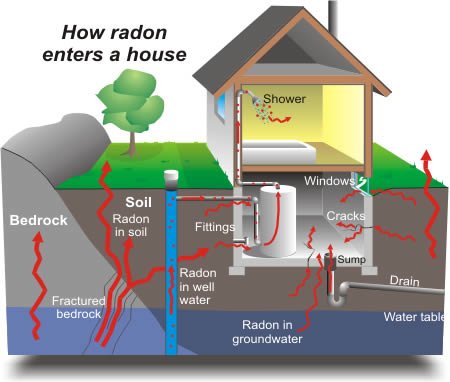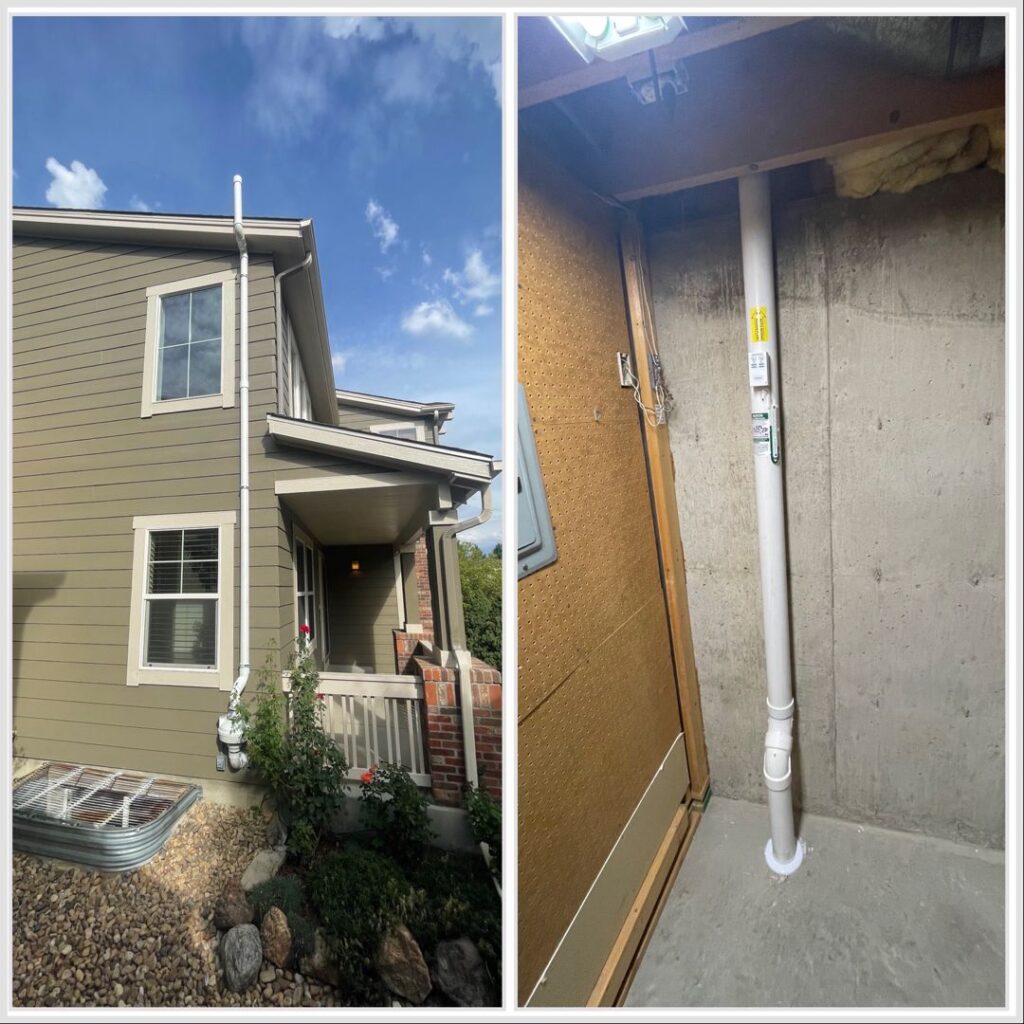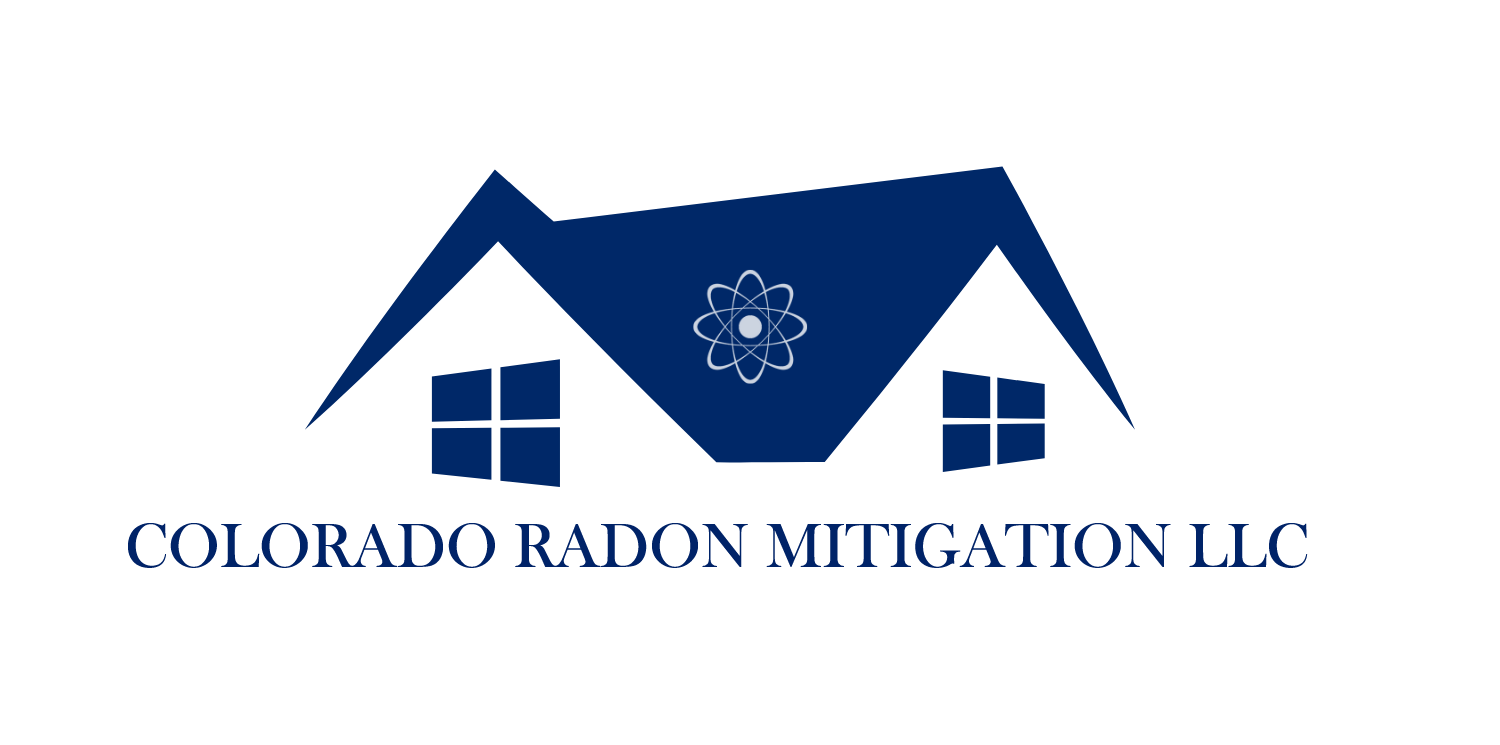Radon FAQs
Northern Colorado's local certified radon pros
The Invisible Threat: Understanding Radon Gas
Radon is a naturally occurring radioactive gas that poses a significant health risk to humans. Odorless, colorless, and tasteless, this insidious gas can accumulate in homes and buildings, silently exposing occupants to its harmful effects.
By being aware of the dangers of radon and taking steps to mitigate exposure, we can protect ourselves and our loved ones from this invisible threat.
General Questions
Radon originates from the radioactive decay of uranium, a naturally occurring element found in soil and rocks. As uranium decays, it releases radon gas, which can seep through cracks and gaps in foundations and enter buildings. Radon levels vary depending on geographic location, with regions rich in uranium having higher concentrations.
When inhaled, radioactive radon particles lodge themselves in the lungs. Over time, these particles emit ionizing radiation, damaging lung tissue and increasing the risk of developing lung cancer. In fact, radon is the second leading cause of lung cancer in the United States, after smoking.
The good news is that radon exposure is preventable. The first step is to test your home or building for radon levels using a simple and affordable test kit. If radon levels exceed the recommended limit, mitigation measures can be implemented to reduce exposure. These measures may include sealing cracks and gaps, installing a ventilation system, or using air purifiers.
- United States Environmental Protection Agency (EPA): https://www.epa.gov/radon
- Centers for Disease Control and Prevention (CDC): https://www.cdc.gov/radon/index.html
- National Radon Safety Board: https://nrsb.org/
- American Lung Association: https://www.lung.org/clean-air/indoor-air/indoor-air-pollutants/radon

Services Info
When radon gas is inhaled, it can damage lung tissue and increase the risk of developing lung cancer. In fact, radon is the second leading cause of lung cancer in the United States, after smoking.
Radon can enter your home through cracks and gaps in the foundation, basement walls, and floors. It can also enter through sump pumps and drainpipes.
The only way to know if your home has elevated radon levels is to test it. There are two main types of radon test kits: short-term tests and long-term tests. Short-term tests typically last for two to seven days, while long-term tests last for three months to a year.
The United States Environmental Protection Agency (EPA) recommends that homeowners take action to mitigate radon levels if their home tests at or above 4 picocuries per liter (pCi/L). The World Health Organization (WHO) recommends a lower action level of 2.7 pCi/L.

Radon Mitigation Questions
There are several different radon mitigation options available, depending on the specific needs of your home. Some common mitigation techniques include:
- Sub-slab depressurization: This system pipes radon gas out from under your home and vents it into the atmosphere above your roof.
- Sealing cracks and gaps: This can help to prevent radon gas from entering your home through cracks in the foundation and basement walls.
- Increasing ventilation: This can help to dilute the radon gas concentration in your home.
The cost of radon mitigation can vary depending on the size of your home, the type of system installed, and the local labor rates. In general, radon mitigation costs range from a couple thousand dollars to several thousand dollars.
Radon mitigation systems require regular maintenance to ensure that they are operating properly. This typically involves having a certified radon professional inspect and service the system annually.

Quick Service On Emergency Call - 24/7
Click edit button to change this text. Lorem ipsum dolor sit amet, consectetur adipiscing elit. Ut elit tellus.
- 970-340-8744
